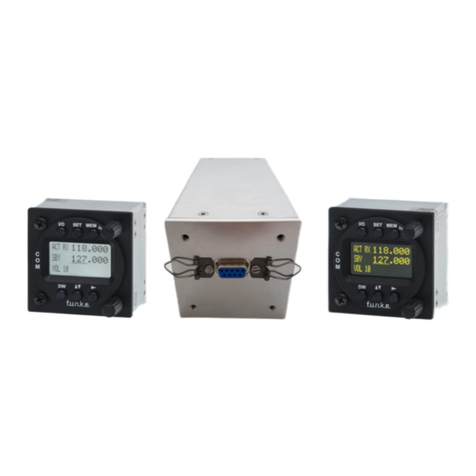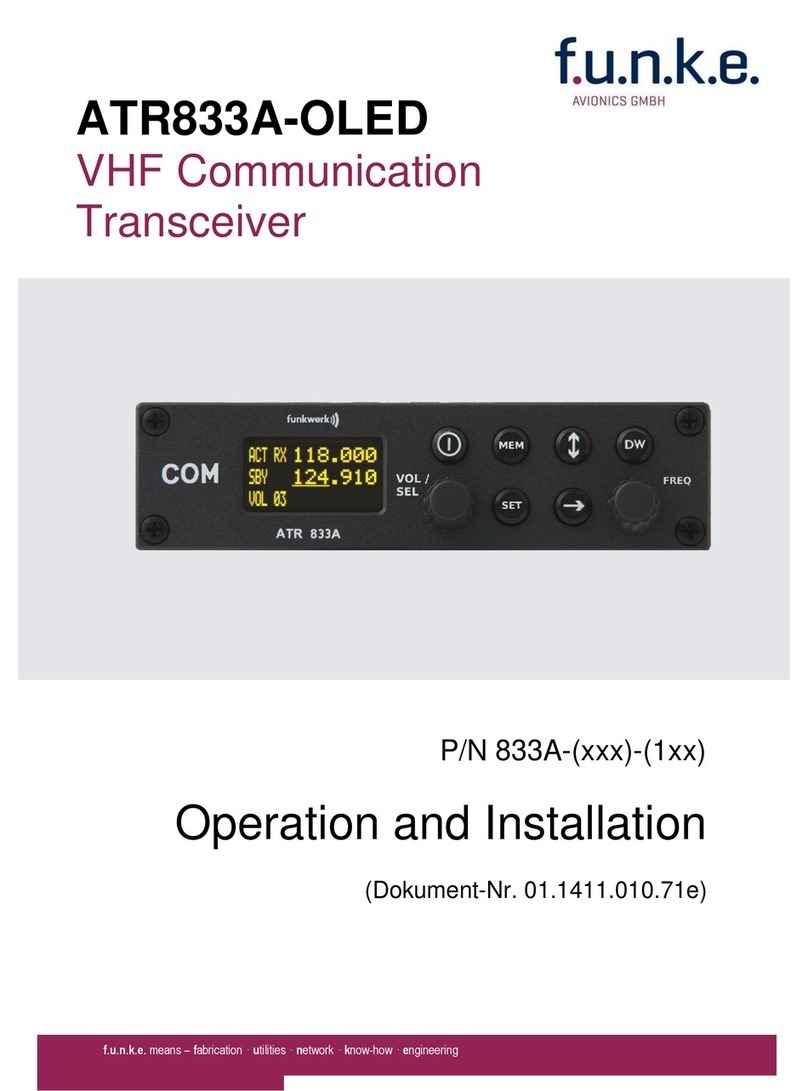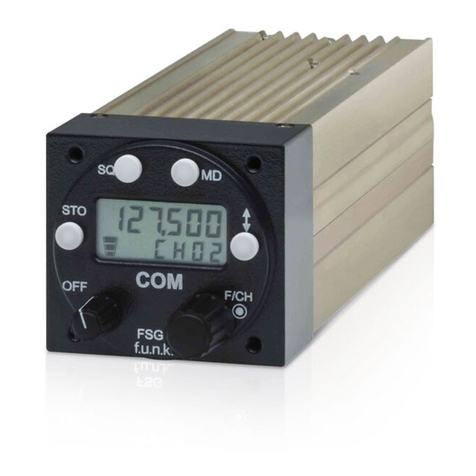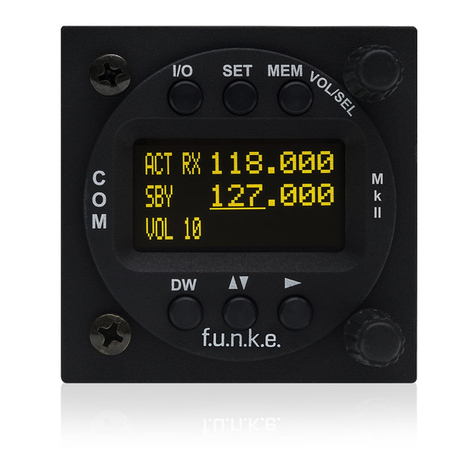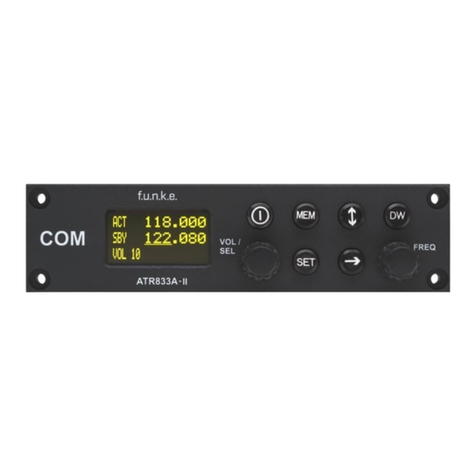3 Doc.-No. 01.143A.010.71e / Revision 1.00
CONTENT
1GENERAL.......................................................................................................................................... 5
1.1 SYMBOLS ....................................................................................................................................................5
1.2 ABBREVIATIONS ...........................................................................................................................................5
1.3 CUSTOMER SUPPORT ....................................................................................................................................6
1.4 EQUIPMENT CHARACTERISTICS........................................................................................................................6
2OPERATION...................................................................................................................................... 7
2.1 OVERVIEW OF CONTROLS...............................................................................................................................7
2.2 ON/OFF -COMMISSIONING..........................................................................................................................8
2.3 DISPLAY......................................................................................................................................................9
2.4 FREQUENCY SETTING...................................................................................................................................11
2.4.1 Automatic Selection 8.33 / 25 kHz Channel Bandwidth ........................................................................11
2.4.2 Manual Frequency Input .......................................................................................................................12
2.4.3 Recall a Frequency from the User Memory ...........................................................................................13
2.4.4 Recall a Frequency from the List of the 10 Last Used............................................................................14
2.4.5 Storage of a Frequency into the User Memory .....................................................................................15
2.4.6 ATR Frequency Tool...............................................................................................................................16
2.5 BASIC SETTINGS .........................................................................................................................................17
2.5.1 VOL –Volume........................................................................................................................................17
2.5.2 SQL –Squelch (noise barrier).................................................................................................................18
2.5.3 VOX –Voice Activated Intercom ............................................................................................................18
2.5.4 INT –Volume Intercom..........................................................................................................................19
2.5.5 STL –Volume Sidetone Left ...................................................................................................................19
2.5.6 STR –Volume Sidetone Right ................................................................................................................20
2.5.7 EXT –Volume of the external Audio Input.............................................................................................20
2.5.8 BRT –Brightness....................................................................................................................................21
2.6 TRANSMISSION ..........................................................................................................................................21
2.7 RECEPTION................................................................................................................................................22
2.8 REPLAY FUNKTION....................................................................................................................................22
2.9 DUAL WATCH OPERATION ........................................................................................................................22
3CONFIGURATION ........................................................................................................................... 25
3.1 SPACING –CHANNEL SPACING ...................................................................................................................25
3.2 DISPLAY –ENERGY SAVING MODE (AUTOMATIC DISPLAY DARKENING)..............................................................26
3.3 PTT SELECT -BUTTON SELECTION ...............................................................................................................27
3.4 DUOWATCH –DUAL-WATCH VOLUME REDUCTION.......................................................................................29
3.5 EXTAUDIO –BEHAVIOR OF EXTERNAL AUDIO INPUT .......................................................................................29
3.6 MIC TYPE –SELECTION MICROPHONE TYPE...................................................................................................31
3.7 MIC LEFT /RIGHT –MICROPHONE INPUT SENSITIVITY ...................................................................................31
3.8 HEAD OUT –HEADSET CONFIGURATION.......................................................................................................33
3.9 AUTO ON –POWER-UP BEHAVIOR..............................................................................................................33
3.10 FW /SW –FIRMWARE /SOFTWARE VERSION.................................................................................................34
3.11 MASTER RESET –RESET TO FACTORY SETTINGS................................................................................................35
3.12 ADAPTER OPERATION..................................................................................................................................35
3.13 OVERVIEW CONFIGURATION MENU (SETUP) ...................................................................................................36
4INSTALLATION................................................................................................................................ 37






